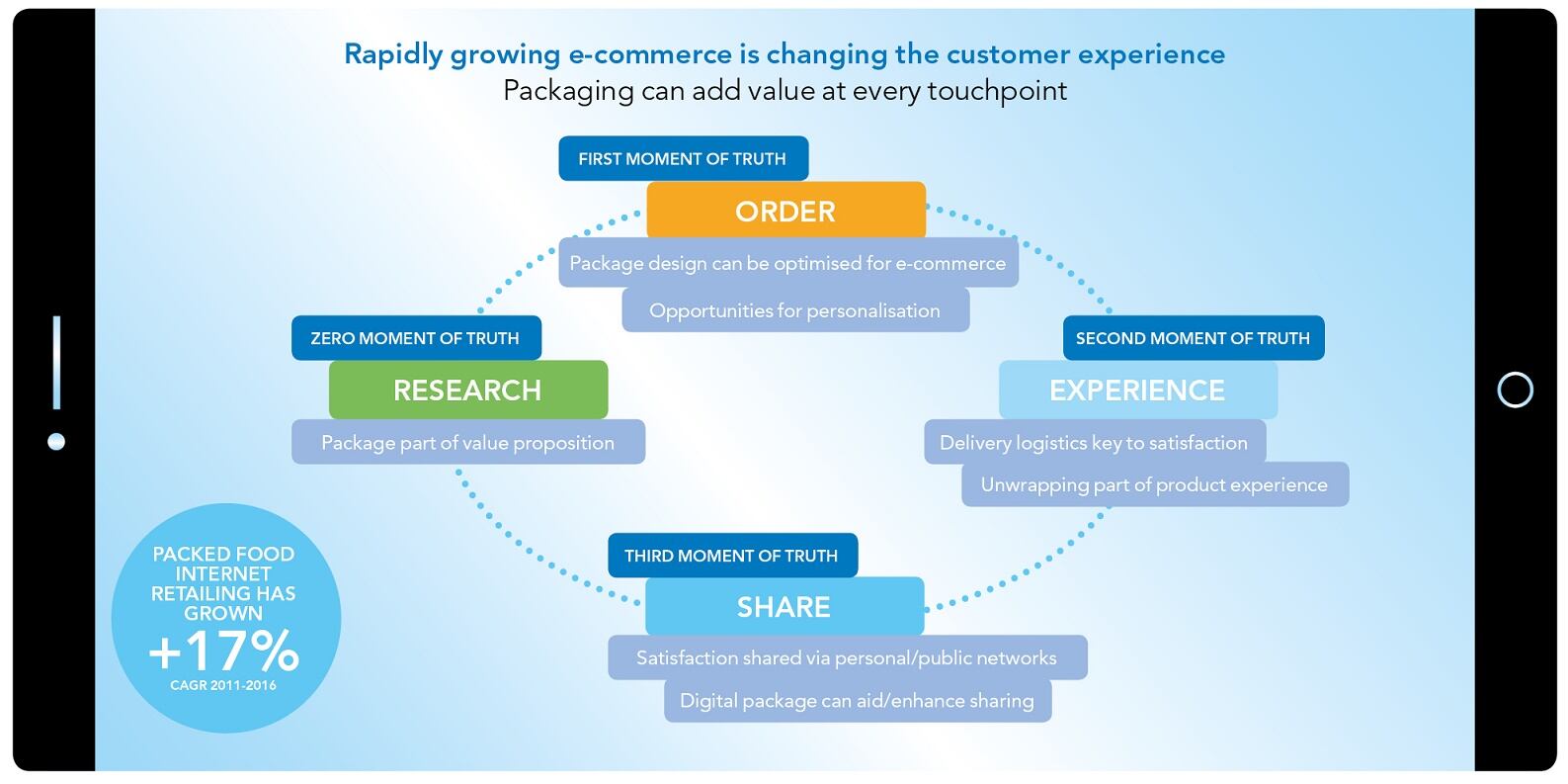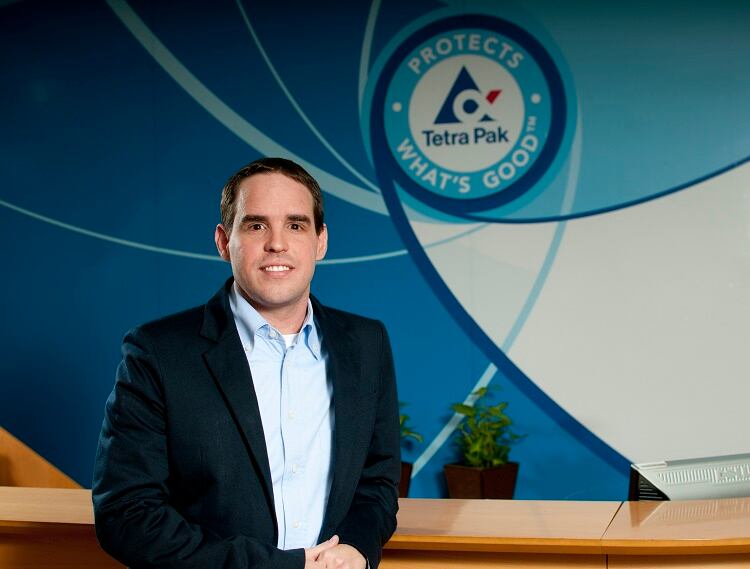Internet penetration in developing markets stands at around 90% compared to the global average of 70-75%, driven primarily by wider use of mobile technology in these markets, according to Tetra Pak's Connected Consumer research report. In terms of social media connectivity, Latin America has about 46% of heavy social users, compared to a world average of 15%.
Alexandre de Souza Carvalho, global marketing services director at Tetra Pak, said this connectivity was a “big difference” worth taking notice of.
Beyond the bar code...
“When we talk about these new consumers, interactivity starts to be a very interesting area; personalization, for example,” he told FoodNavigator-LATAM.
“The big trend now is to have unique codes on packaging. You have the QR codes and data matrix codes that go beyond the bar code, but the new thing is to have unique codes because this can drive and really create completely new experiences for consumers.”
The codes, he said, could be used for traditional 'scan and win' interactions with consumers to increase brand engagement and loyalty but there were also more sophisticated ways to use them.

Linking the scans with apps or other businesses, for example, to provide consumers with alternative prizes or points they can spend elsewhere was one way to use the coding, he said. “It opens up new possibilities for companies to run campaigns using partners as well... technology companies working with food and beverage manufacturers through the packaging industry.”
In Latin America specifically, he said there had been an interest in using unique codes to protect against counterfeiting; so, consumers could scan the code and verify the product was original. Using the codes to track and trace products was also big in the region, he said, enabling a guarantee on the origin of the product.
Carvalho said for consumers, these codes gave a feeling of participation and assurance but for brands, most importantly, it provided an invaluable data resource.
Data is the new oil

“As everybody says, 'data is the new oil',” he said. “It's the big value because capturing data when we're talking about big data – billions and trillions – then you start to get information that becomes relevant to the business.”
Carvalho said manufacturers could, for example, track geo-location trends based on specific product purchases, see when and where consumers bought these products, and also better understand who the real consumer was.
Based on this data, industry would eventually start to produce products based on what consumers truly wanted, he said.
This unique coding trend had its roots in China, he said, and was now filtering through to western markets.
“There is a big expectation that this will really accelerate a lot because the platforms, for example the IOS platform, are now capable of scanning codes with a camera, rather than needing an app. So these things, we believe, are going to make [unique codes] more popular... The technology is there, it's more like a habit that needs to be created in the consumer now.”
Online appeal
Another area Carvalho said manufacturers had to consider in Latin America was how different consumer journeys were with the growth of e-commerce and home delivery.
“There are emerging touch points now. For example, when we talk about online purchasing, one of the big things we've been studying a lot, and an area a lot of big online retailers have been looking at, is the first moment of truth. [With online deliveries] when we see the product at home, the first contact isn't primary packaging, it is the box that arrives at home. So, we see a very interesting trend where secondary packaging starts to play an important role, not only for the logistics, but as the first touch point with the consumer,” he said.
Manufacturers would have to start to think more carefully about aesthetics and functionality of these boxes, he said, beyond the important logistical aspects.
Similarly, manufacturers had to re-think how the product looked online, optimizing on-screen appeal and creating a different experience for the consumer, Carvalho said.
“You can deliver much more product information [online] because you're not limited by the panels on the package, so that's an interesting point.”
Sustainable sensitivities
With all this, came more packaging and therefore a bigger need to consider the environment, he said, an aspect highly considered among Latin American consumers.
A Tetra Pak survey of around 500 consumers in Brazil found 40% were strongly influenced by ‘environmentally sound’ packages when choosing a brand and 47% looked for environmental logos when shopping for beverages.
Carvalho said these environmental concerns were “on the high side” compared to other global markets.
“Consumers are evolving from the notion of recycling to using packaging from renewable sources and understanding the need to contribute to that circular economy. We see this every year when we do this research that this is a growing trend among consumers.”
Calling fridge?
Asked what the next few years would bring for food and beverage packaging in Latin America, he said there would be upgrades from 'smart' to 'intelligent'.
“Today, we're living in a world of smart packaging but smart packaging we divide into two segments: one that is intelligent and one that is active. Active is like what we're seeing today – it delivers information, it can have codes that trigger actions based on smartphones etc.
“But the future would be intelligent packaging, some years from now, where you have two-way communication where the package will communicate with a consumer's fridge or smartphone either to receive or send information. This is what we're seeing as the future and it's very promising.”
